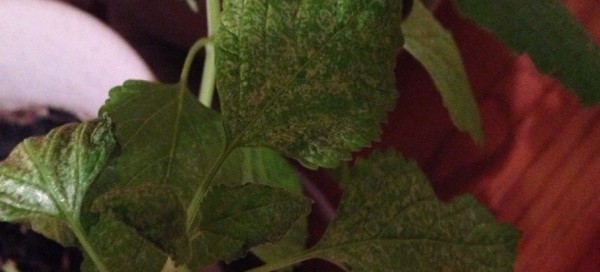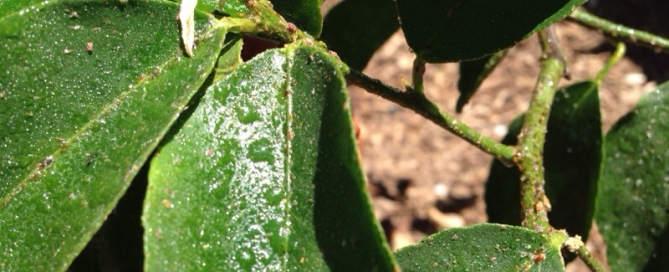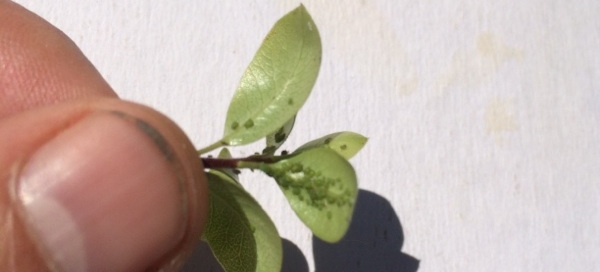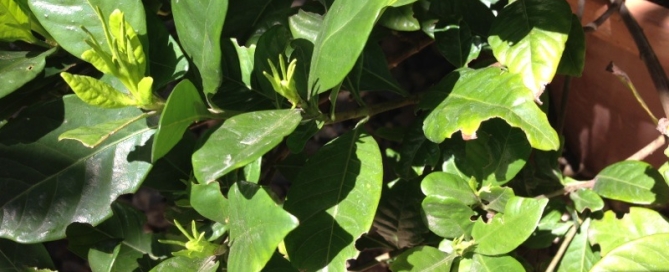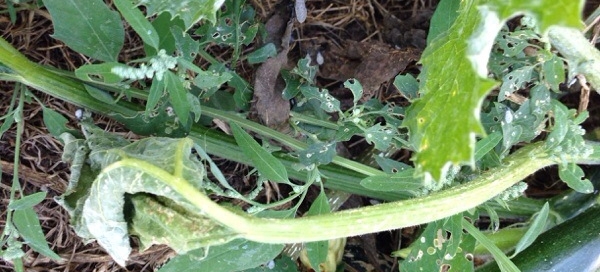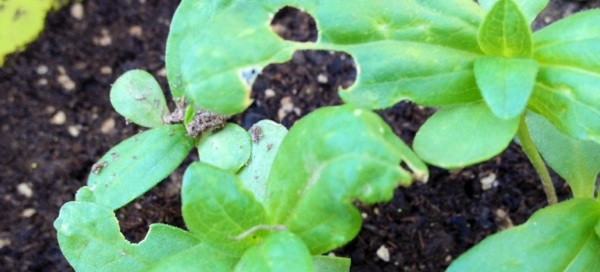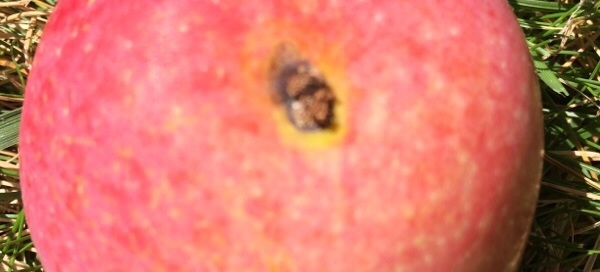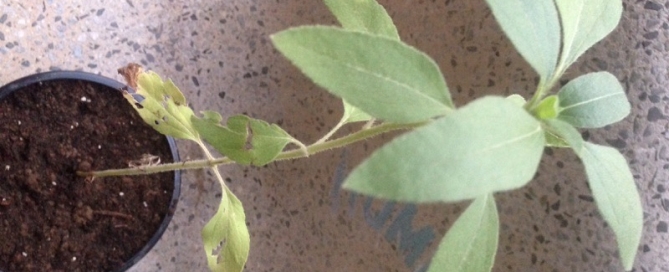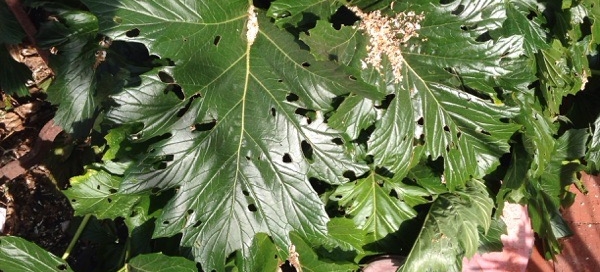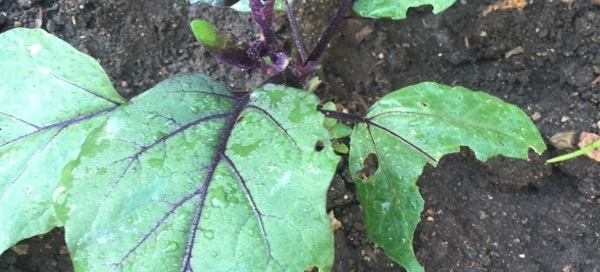Spider Mites
This is possibly being caused by a large population of Spider Mites. These tiny spiders (can only be seen with a magnifying lens) suck plant sap and chlorophyll from the leaves, causing the speckled appearance we see on these leaves. You'll want to verify this ID by looking at the link we've included and examining the upper & lower sides of the leaves with a magnifying lens. You may also see some very fine, disorganized, webbing with mites in the web. If you confirm, you can use insecticidal soaps or horticulture oils to control them, but don't over-use these products because you'll probably be killing other beneficial mites that are natural enemies of these mite pests. When many of the predatory/natural enemies are killed, the spider mite pest population can sky rocket and get worse. You can also help keep the population of pest mites down by occasionally washing off the leaves of the affected plants early in the morning (and allowing them to dry throughout the day). Here's a web-link with more info:
http://www.ipm.ucdavis.edu/QT/spidermitescard.html
